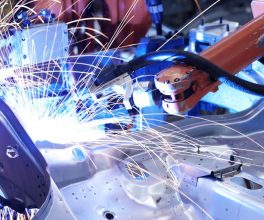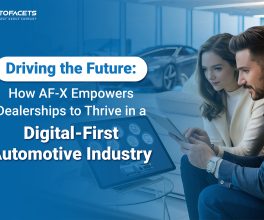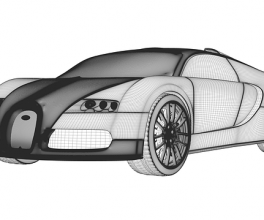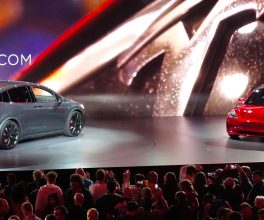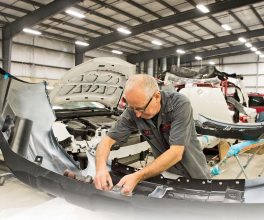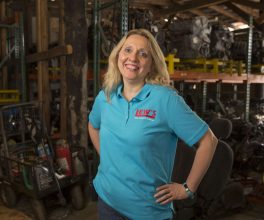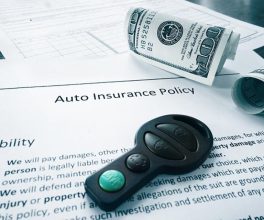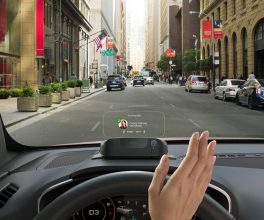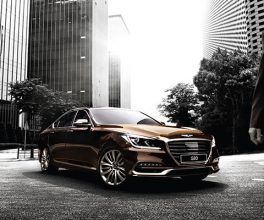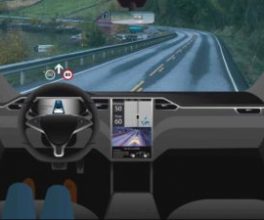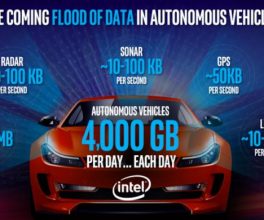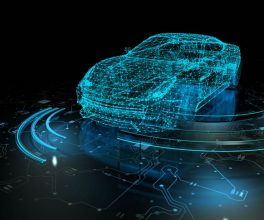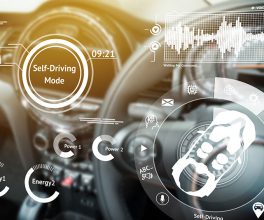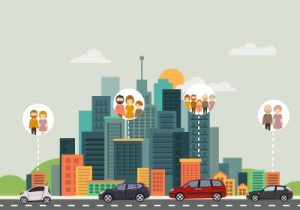Every car owner in America has, at some point, gingerly tied down an item that is too big to fit in the car and hoped it would not fall out or returned from a camping trip and found it really difficult to parallel park the off-road pickup truck. Not every car is right for every situation, and that has traditionally made the purchasing process tricky, balancing between needs and wants, as customers figure out what is most important to them and what they are ready to sacrifice.
People are beginning to opt for customizable vehicles based on their needs — especially as cars become increasingly autonomous. When drivers are no longer needed, the ownership model will change radically. These changing needs are where automakers will soon be able to find economic opportunities. By understanding niche demographics, they can make tailored, ‘Fit-for-Purpose Vehicles’ that will offer exactly what individual customers want.
Why Fit-For-Purpose Vehicles Fit the Modern Economy?
2015 was a banner year for the auto industry, with over 17 million new cars being sold. But there was another record set from those sales, nearly 33% were leased cars, up from 29% a year before. This continues to be an upward trend over the last decade, solidifying the notion that people do not want to buy cars anymore.
There are a few reasons for this change:
- Life can come at you quickly: We all know people who, even while the sonogram was being developed, traded in their jeep for an SUV or minivan. A move from the city to a more sub-urban environment or vice-versa can also make the perfect car suddenly impractical.
- Short-term makes more economic sense: Not only might current cars not fit their needs; some customers might not want cars at all. ‘Contract jobs’ is the dominant employment outlook, especially for younger employees. Over 47% of employers intend to sign contract employees in the coming years. People do not expect to be at the same job in six months, much less six years, and a long-term car payment could become an albatross that weighs them down.
- The on-demand economy has changed expectations: None of these factors are new; what is new is that the on-demand economy has altered what people expect from the services they use. Instead of going to a store, there are services that can deliver to you from any store. If your phone breaks, you can order a new one from Amazon Now and have it almost immediately. With so many cars in the world, why be tied to just one?
For all these challenges, though, there is a solution – Fit-for-Purpose Vehicles – that anticipate customer needs.
How Can Fit-For-Purpose Vehicles Work?
There are two potential ways for Fit-for-Purpose Vehicles to work. The first is the most straightforward – the on-demand model anticipates a person calling a car (usually autonomous) only when they need it. It is similar to Lyft or Uber, only without the driver and the vehicle being used by everyone. In this model, the customer will be able to choose from a menu of vehicle types when they need a ride. If they are just going to the movies, a standard compact car will do. If they are going to help a friend move, then they will need a pickup truck or an SUV. The second model is more data-driven. In it, automakers will use big data to understand the needs of specific areas. Availability options will fluctuate to meet short-term, data-driven demands.
OEMs can use this opportunity to offer moderately diverse fleets so that customers have a wide range of options. The OEM might run the fleet on its own, or lease it to another company (or city) but will get ahead by having enough vehicle models to accommodate standard needs.
In addition to this, OEMs can start designing vehicles more tailored to niche needs. An urban area that is close to outdoorsy zones is likely to attract people who frequently spend weekends camping and fishing. The right pickup truck for this demographic might have, for instance, a designated spot to store the cooler so that it does not slide around. For urban areas with a high percentage of singles and young married couples, a two-seater with a comfortable bench might be most attractive, while areas that have a concentration of older adults will want handicap-accessible cars.
When automakers are using the same underlying technology, they must begin competing on a higher level. One of those levels can be their ability to appeal to niche customer bases. After all, it stands to reason that when faced with options, customers will not be interested in a generic car. They will have an app, of course (or whatever comes next), but they must still choose which app to use – the one from OEM X or the one from OEM Y? If OEM X has a wider range of vehicles, including ones that are much more customized and specific, it is an easy choice for the customers, leaving the price aside.
The Fit-for-Purpose Vehicle is a reflection of how we have always lived – with uncertainty about the future, and the way we live now – with a demand for flexibility, adaptability, and individuality. Having cars that enable customers to meet all their needs at any given time is how OEMs can distinguish themselves from the competition.
As the auto industry is changed by technological and economic currents, OEMs and Tier-1 manufacturers will need to partner with technological specialists to thrive in the era of the software defined car.
Courtesy of Movimento

